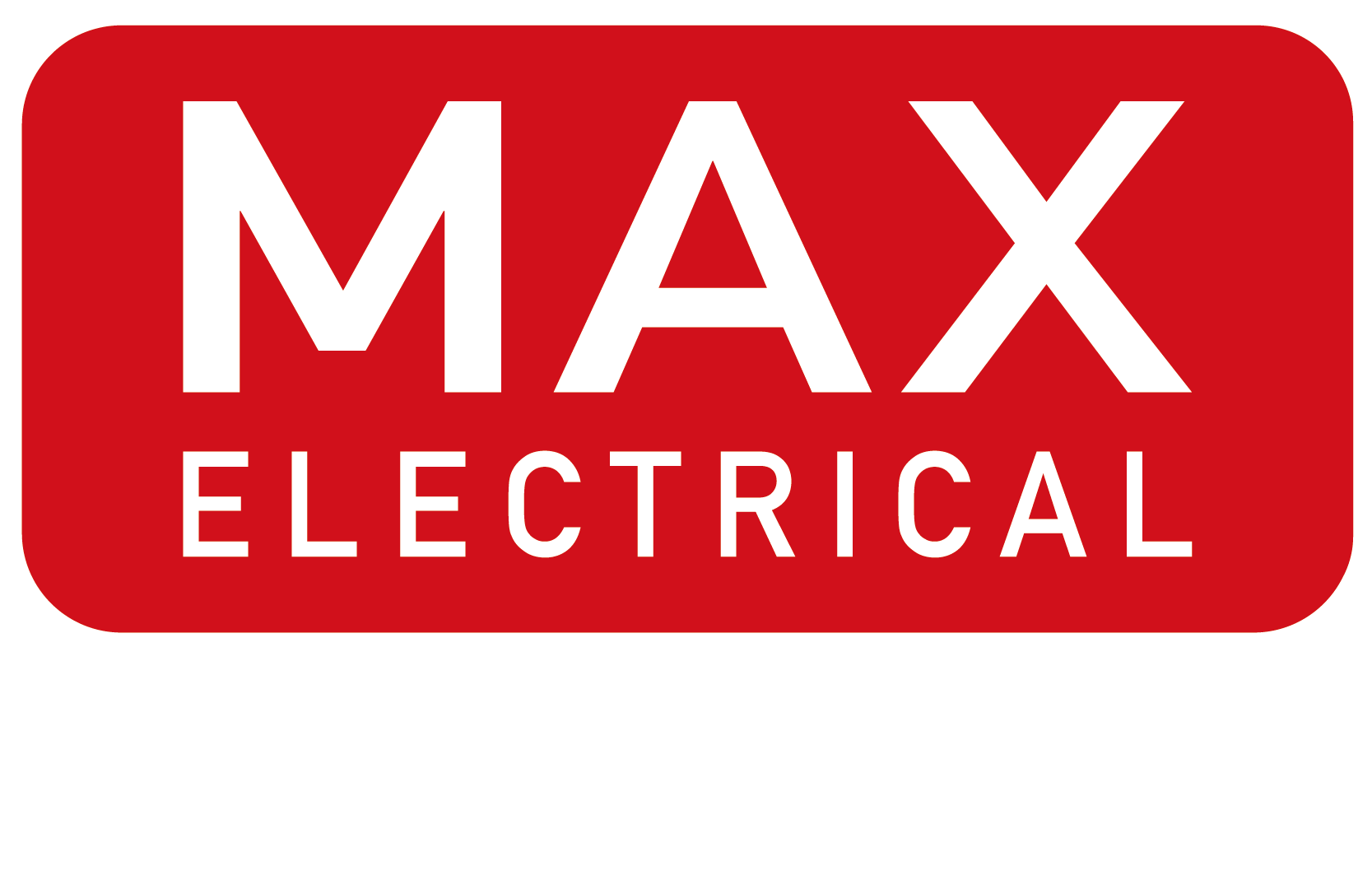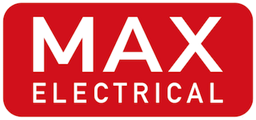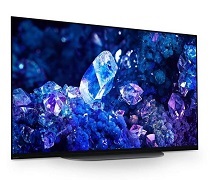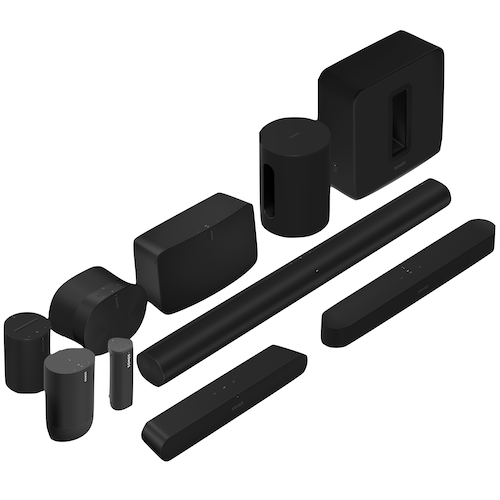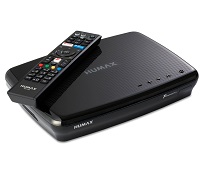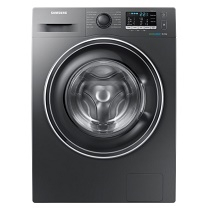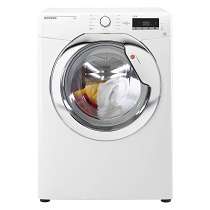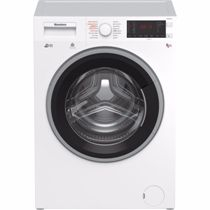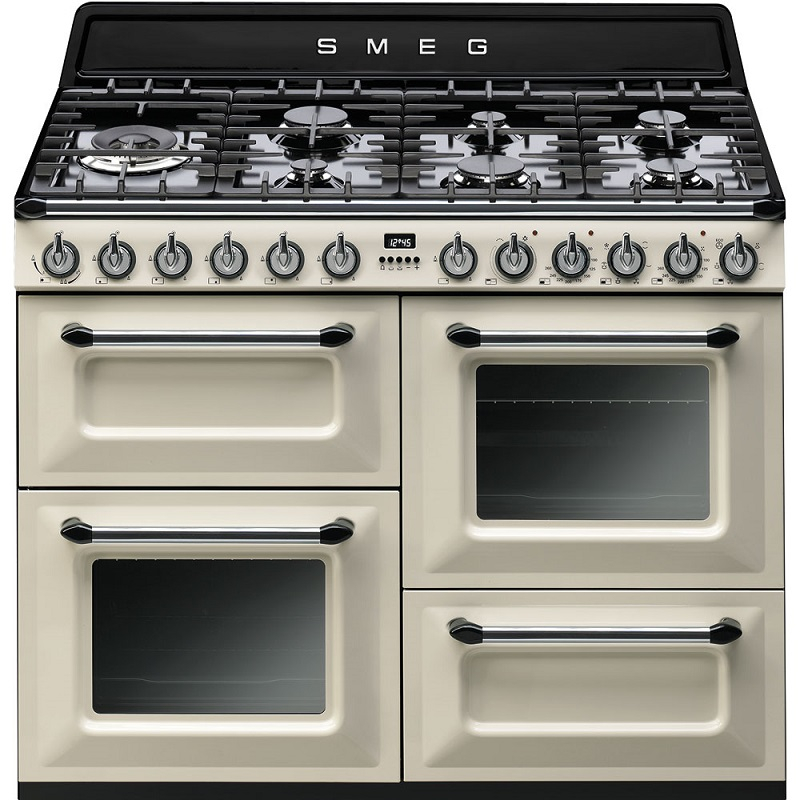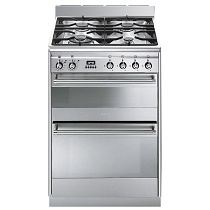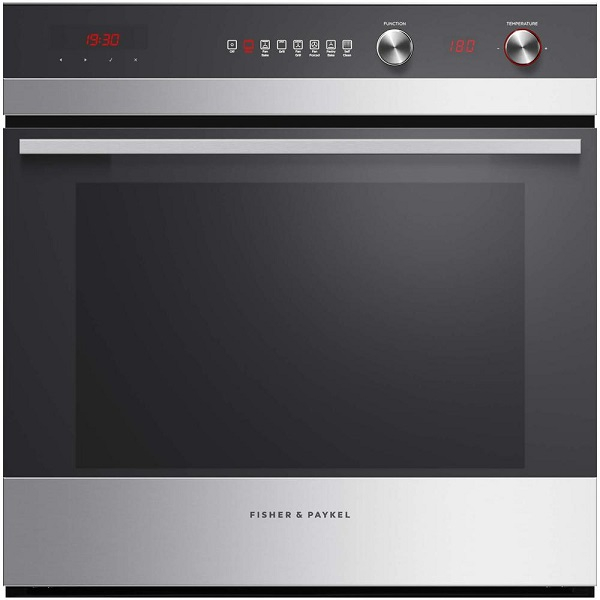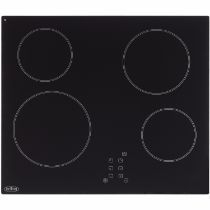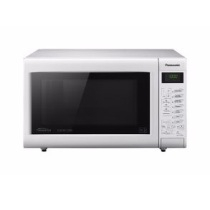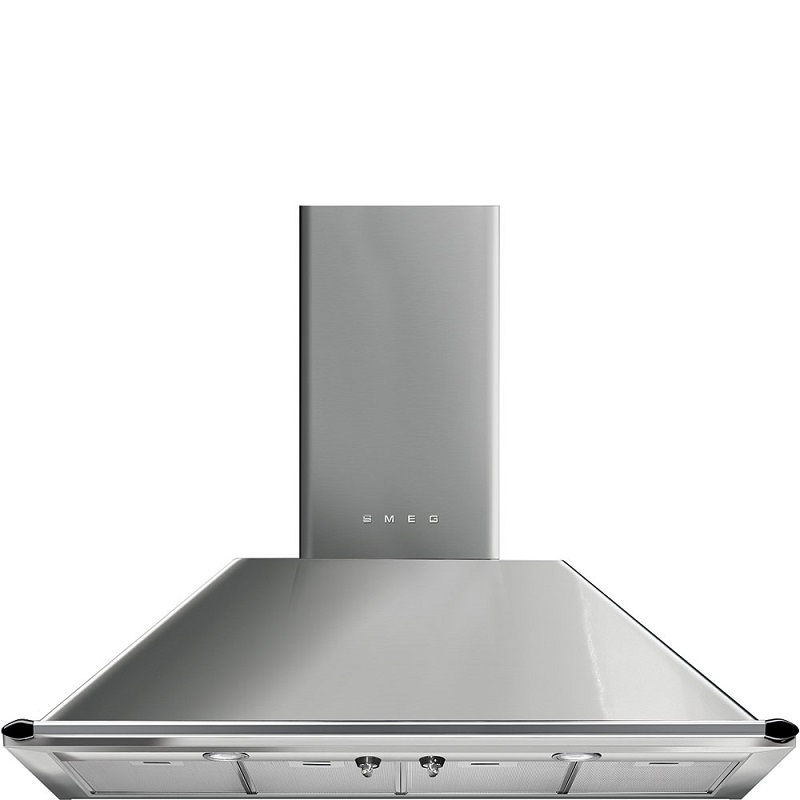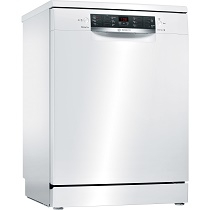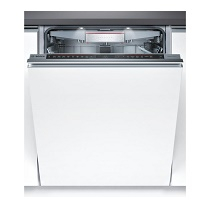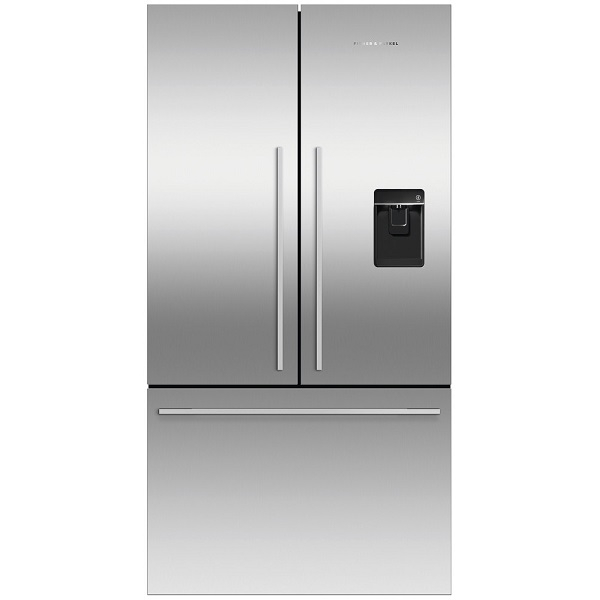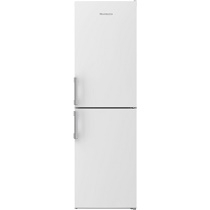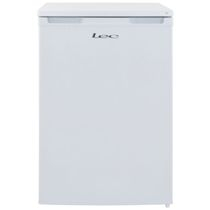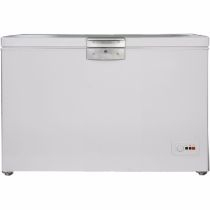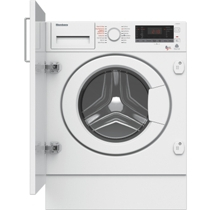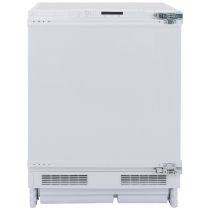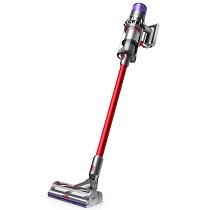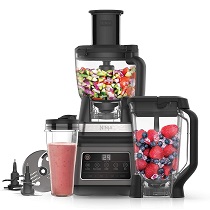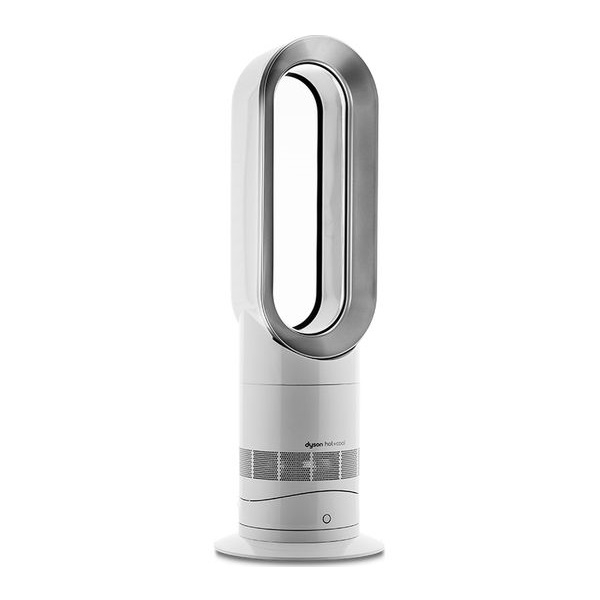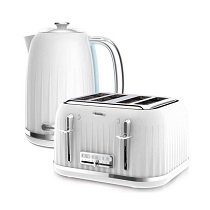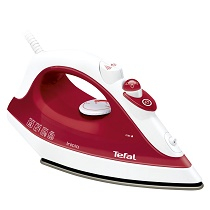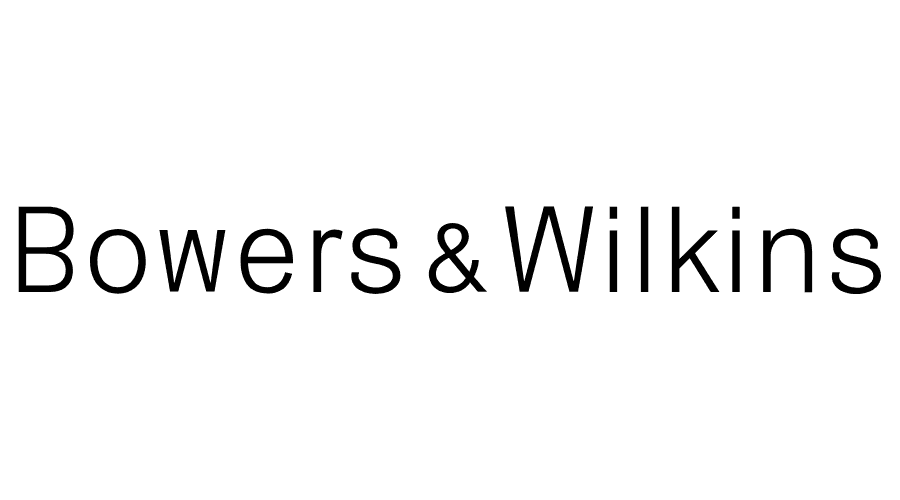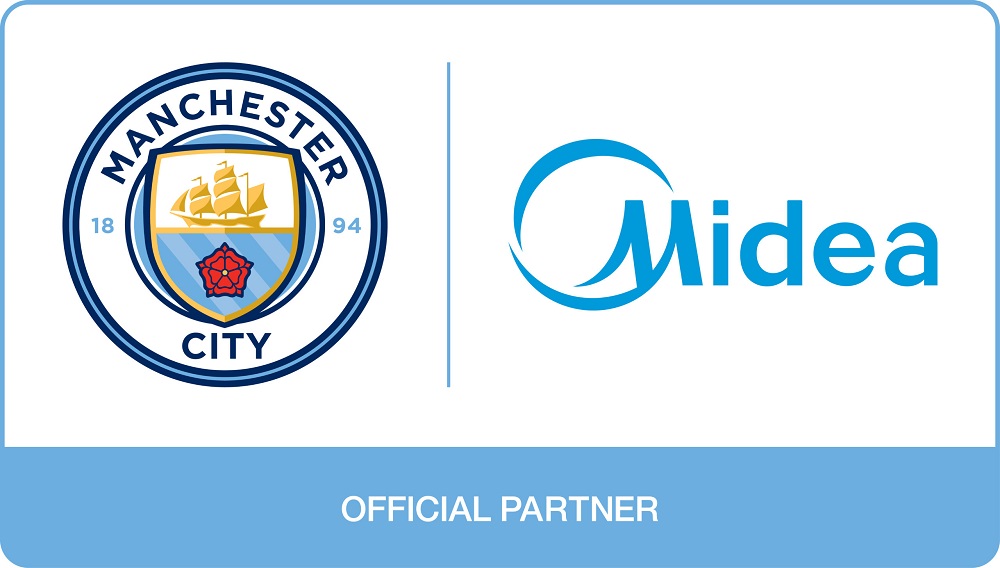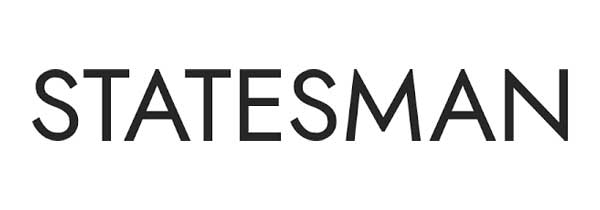Energy Labels For Home Appliances
From March 2021 Energy ratings have changed to a simpler system. While the old system ran from A+++ to D, the new one is simply A to G, with A-rated products being the most energy efficient.
In recent years, it became incredibly clear that this scale no longer worked, with the least efficient products being A and A+ rated as opposed to C and D rated. The conflict here was that many consumers believed that just because they were A or A+ rated, that they were some of the most efficient appliances on the market. This just wasn’t the case.
In fact, under the new energy rating scale, products that were once classified as A+++ in 2020, are now likely rated B or C. A++ is now classified as D or E, and A+ will find themselves F or G rated. This varies from product to product, along with product type.
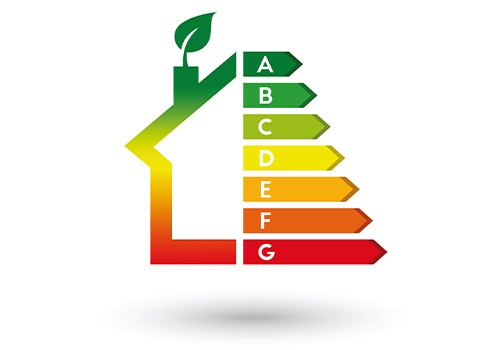
There are lots of decisions to make when you’re purchasing a new appliance, such as size, brand, and colour. However, energy efficiency is a hot topic, and it’s an important factor that should be considered. Not only will it reduce your carbon footprint, but energy efficiency can also help you save money.
Since the energy label was introduced, there have been significant improvements in energy saving technology. This meant that all new products were being given the top rating for efficiency. As a result, the label has been recalibrated to make it easier for you to compare models when purchasing a new appliance.
Why The New Energy Label?
In 2020, the UK introduced a new energy label. By spreading energy performance over a much wider scale, you will find it easier to compare efficiency across products. Plus, it will also set new standards for energy saving appliances, bringing further savings to you as well as meeting environmental commitments set by manufacturers and the Government.

What's New?
Examples of the previous label and the new label are shown opposite. The key changes across all product categories are:
- QR Code - Providing instant access to product information
- New Energy Classes - A simple A-G energy classification system
- Simpler Consumption Usage - An easier way to understand energy consumption measurements
In addition, there are category specific changes which are outlined below.
Have a Question? More Information Here >
Category Specific Labels Explained

Washing Machines & Washer Dryers
More than 55% of washing machines placed on the EU market are ranked A+++ on the label, making it difficult to differentiate between products.
How will the changes help?
- Fairer Rules - Which will be enforced through more realistic calculations.
- Water Saving - 711 million m3 of water by 2030.
- Energy Saving - 2.5TWh of electricity per year by 2030.
- Household Savings - European households will save an average of €130 in electricity over the lifetime of their new washing machine.

Fridges & Freezers
Half of domestic refrigeration appliances placed on the market in 2014 could claim one of the top two energy ratings (A++ or A+++).
How will the changes help?
- Fairer Rules - Which will be enforced through more realistic calculations.
- Energy Saving - 10TWh of electricity per year by 2030.
- Household Savings - European households will save an average of €100 in electricity over the lifetime of their new fridge or freezer.

Dishwashers
More than 60% of dishwashers placed on the EU market ranked A+++ or A++ on the label, making it difficult to differentiate between products.
How will the changes help?
- Fairer Rules - Which will be enforced through more realistic calculations.
- Water Saving - 16 million m3 of water by 2030.
- Energy Saving - 2.1TWh of electricity per year by 2030.
- Household Savings - European households will save an average of €60 in electricity over the lifetime of their new dishwasher.
